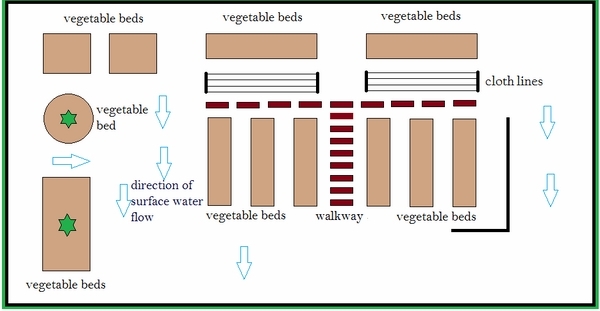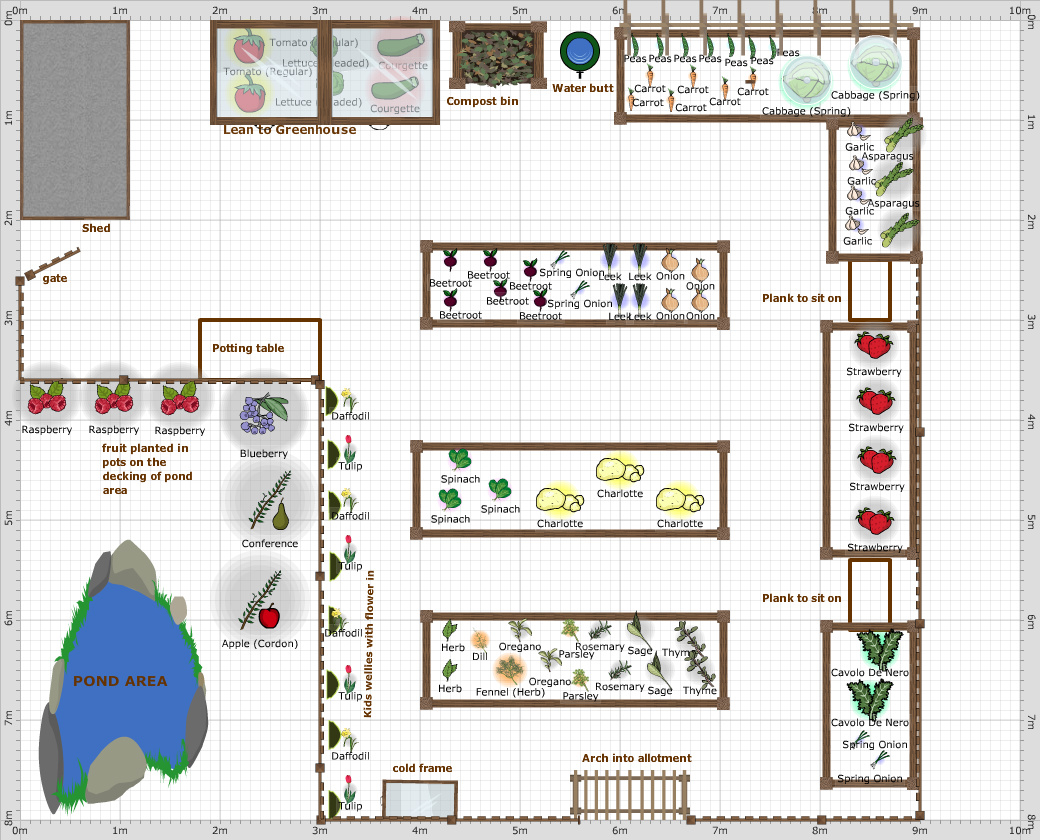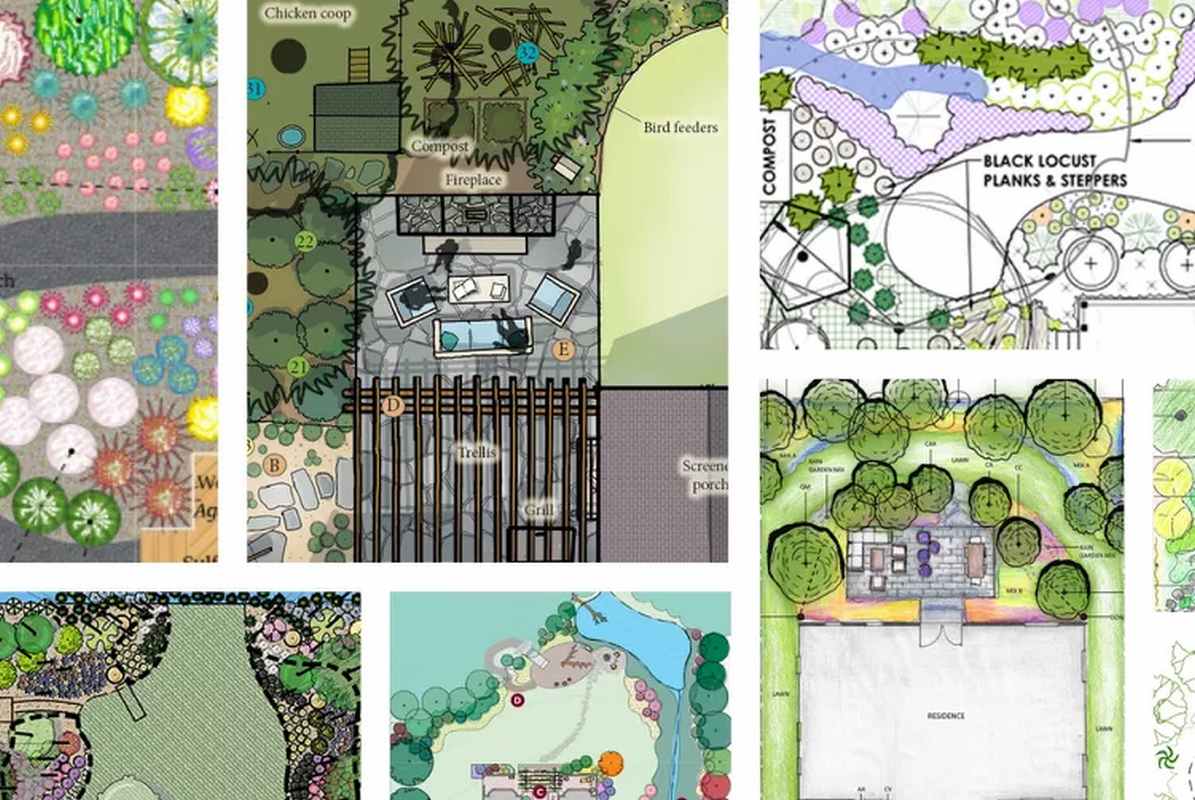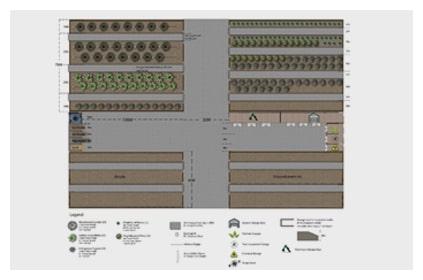Chapter 3 - Nursery Design Layout Types Propagation Environments, Selecting Propagation Structure, Designing Propagation Environment, Service Buildings. Download file: Download file — PDF document, 17511Kb Details. Author(s): Thomas D. Landis
 pects a nursery's design. Photo Dawn Thomas. Figure 1.3— a good overview direct indirect factors plant production any situation help design best nursery meet local needs. Illustration Jim Marin. Figure 1.1—Native plant nurseries many unique characteristics, including growing
pects a nursery's design. Photo Dawn Thomas. Figure 1.3— a good overview direct indirect factors plant production any situation help design best nursery meet local needs. Illustration Jim Marin. Figure 1.1—Native plant nurseries many unique characteristics, including growing
 nursery fail. Fifteen the 21 Northwest nurseries questioned the OSU Nursery Survey (see chapter 1, volume) ranked site-selection characteristics (Table 1). six important - siderations were: (1) soil workability drainage, (2) soil texture, (3) water supply, (4) land cost, (5) climate, (6) soil depth.
nursery fail. Fifteen the 21 Northwest nurseries questioned the OSU Nursery Survey (see chapter 1, volume) ranked site-selection characteristics (Table 1). six important - siderations were: (1) soil workability drainage, (2) soil texture, (3) water supply, (4) land cost, (5) climate, (6) soil depth.
 The size, standard, permanence your nursery structure, well the layout features your nursery, depend the objectives your project, available budget the local conditions your chosen site. this we an of nursery aims grow 5,000 seedlings a planting project. Because
The size, standard, permanence your nursery structure, well the layout features your nursery, depend the objectives your project, available budget the local conditions your chosen site. this we an of nursery aims grow 5,000 seedlings a planting project. Because
 2.2.4 Generic Central Nursery layout brief infrastructure description 14 2.2.4.1 Total approximate surface area 15 2.2.4.2 Master Plan Seed Origin Central Nursery 15 2.2.4.3 Master Plan Clonal Origin Central Nursery 16 2.2.4.4 Initial development 17 2.2.4.5 Layout roads paths 17
2.2.4 Generic Central Nursery layout brief infrastructure description 14 2.2.4.1 Total approximate surface area 15 2.2.4.2 Master Plan Seed Origin Central Nursery 15 2.2.4.3 Master Plan Clonal Origin Central Nursery 16 2.2.4.4 Initial development 17 2.2.4.5 Layout roads paths 17
 planted the nursery's entire length (or around nursery) the nursery grounds perpendicular the predominant high velocity wind direction. 2.2.1.1.3 Unobstructed solar access cannot stressed that nursery sites be selected areas the climate the targeted out-plant areas.
planted the nursery's entire length (or around nursery) the nursery grounds perpendicular the predominant high velocity wind direction. 2.2.1.1.3 Unobstructed solar access cannot stressed that nursery sites be selected areas the climate the targeted out-plant areas.
 Layout design: Kate Hodge, Hodge Environmental document be cited as: Thaman B, Rounds I, Sue D, Thomas-Moko N, Tuiwawa M, Bolatolu W, Lesubula M, Lutua A, Waqa K, Mangubhai (2022) to build maintain community plant nursery. Wildlife Conservation Society. Suva, Fiji. 28 pp. Acknowledgements
Layout design: Kate Hodge, Hodge Environmental document be cited as: Thaman B, Rounds I, Sue D, Thomas-Moko N, Tuiwawa M, Bolatolu W, Lesubula M, Lutua A, Waqa K, Mangubhai (2022) to build maintain community plant nursery. Wildlife Conservation Society. Suva, Fiji. 28 pp. Acknowledgements
 03. Nursery Design Layout (1) - Free download PDF File (.pdf) read online free.
03. Nursery Design Layout (1) - Free download PDF File (.pdf) read online free.
 An intensive soil surver an accurate topographic map the nursery site provide basis a detailed development plan. USDA Soil Conservation Service provide soil map will delineate soil types within approxiamately 1 acre. topographic map show contours 1-foor intervals a scale 1 equals 100 feet.
An intensive soil surver an accurate topographic map the nursery site provide basis a detailed development plan. USDA Soil Conservation Service provide soil map will delineate soil types within approxiamately 1 acre. topographic map show contours 1-foor intervals a scale 1 equals 100 feet.
 Individual- family-run nurseries typically produced 50 several thousand seedlings/season. Large commercial government nurseries produced 100,000 seedlings/season more. average group community nurseries produced 10,000 seedlings/season. Simple backyard nurseries often established the resources could
Individual- family-run nurseries typically produced 50 several thousand seedlings/season. Large commercial government nurseries produced 100,000 seedlings/season more. average group community nurseries produced 10,000 seedlings/season. Simple backyard nurseries often established the resources could
 Free Printable Companion Planting Layout
Free Printable Companion Planting Layout

